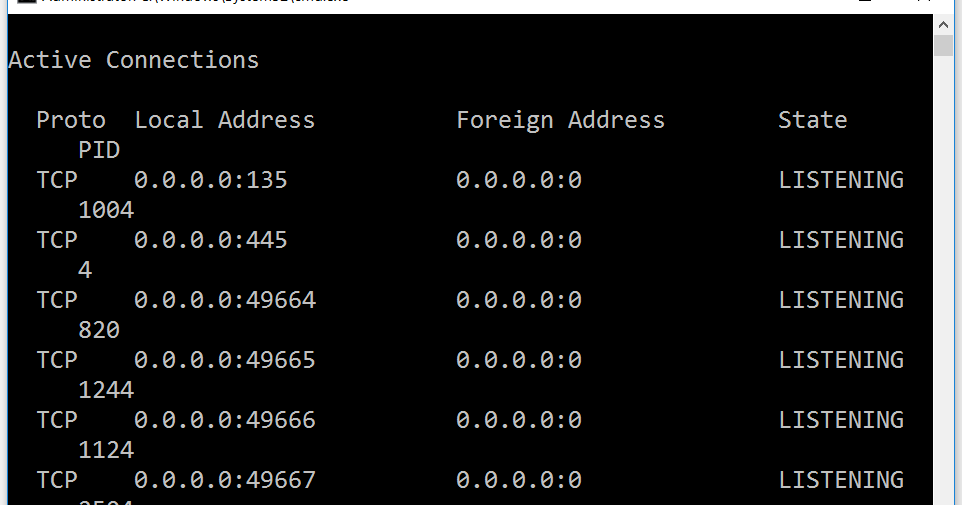
To confirm WinRM is listening on HTTPS, type the following command: winrm enumerate winrm/config/listener On Windows 7 and higher, the default port is 5986. On Windows 7 and higher, the default port is 5985.īy default WinRM HTTPS uses port 443. winrm quickconfigīy default WinRM HTTP uses port 80. If you don't have an appropriate certificate, you can run the following command with the authentication methods configured for WinRM.

Once the certificate is installed type the following to configure WINRM to listen on HTTPS: winrm quickconfig -transport:https If you have a microsoft Certificate server, you may be able to request a certificate using the web certificate template from HTTPS:///certsrv. If you don't have a Server Authenticating certificate, consult your certificate administrator. Install or view the certificates under Certificates (Local computer) > Personal > Certificates.Go through the wizard selecting Computer account.Select File from menu options and then select Add or Remove Snap-ins.Select Start and then select Run (or using keyboard combination press Windows key+R)。.To install or view certificates for the local computer: The certificate mustn't be expired, revoked, or self-signed. WinRM HTTPS requires a local computer Server Authentication certificate with a CN matching the hostname to be installed. The purpose of configuring WinRM for HTTPS is to encrypt the data being sent across the wire. To get a list of your authentication settings, type the following command: winrm get winrm/config


This article provides a solution to configuring WINRM for HTTPS.Īpplies to: Windows 10 - all editions Original KB number: 2019527 Summaryīy default WinRM uses Kerberos for authentication so Windows never sends the password to the system requesting validation.


 0 kommentar(er)
0 kommentar(er)
